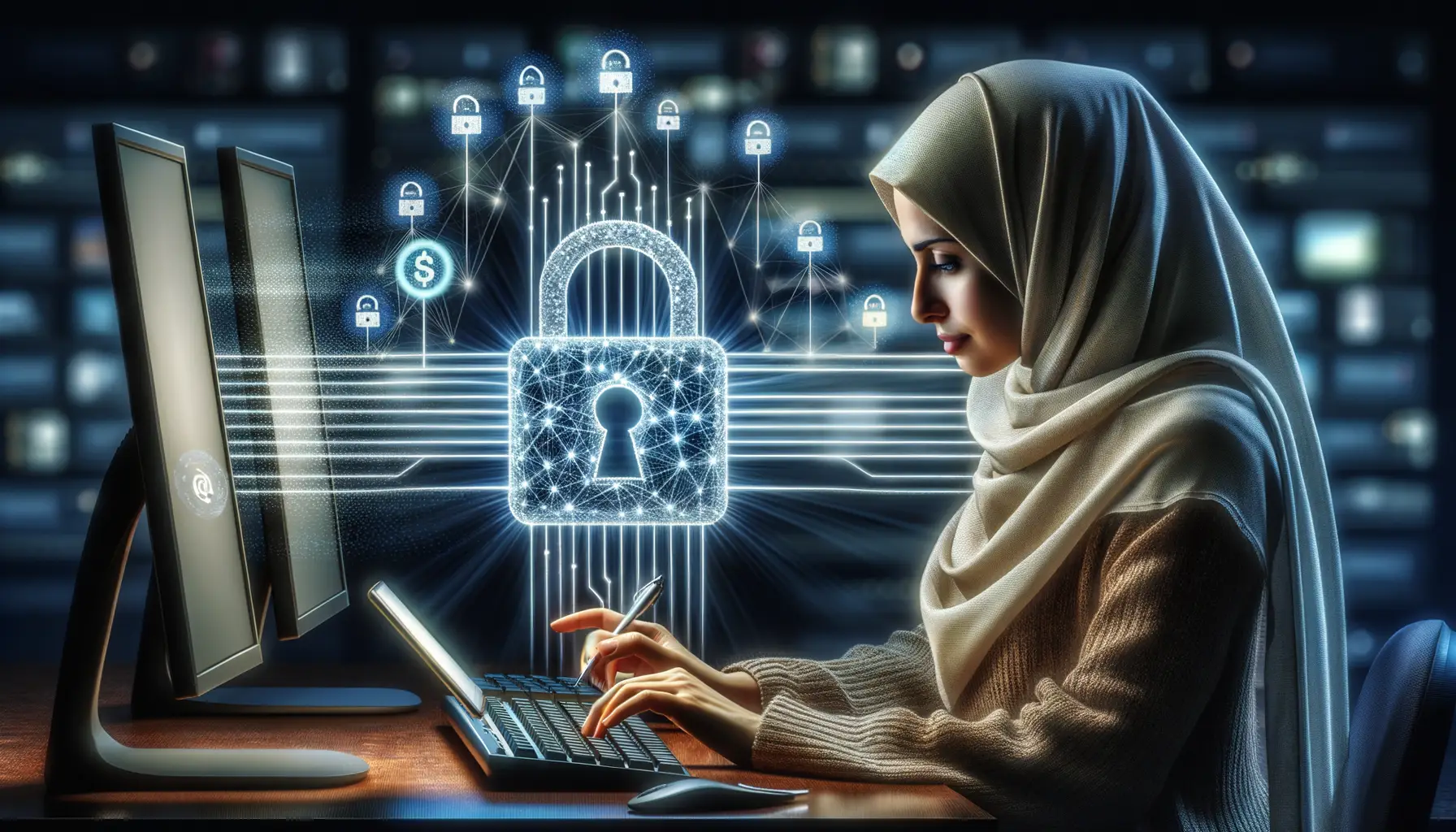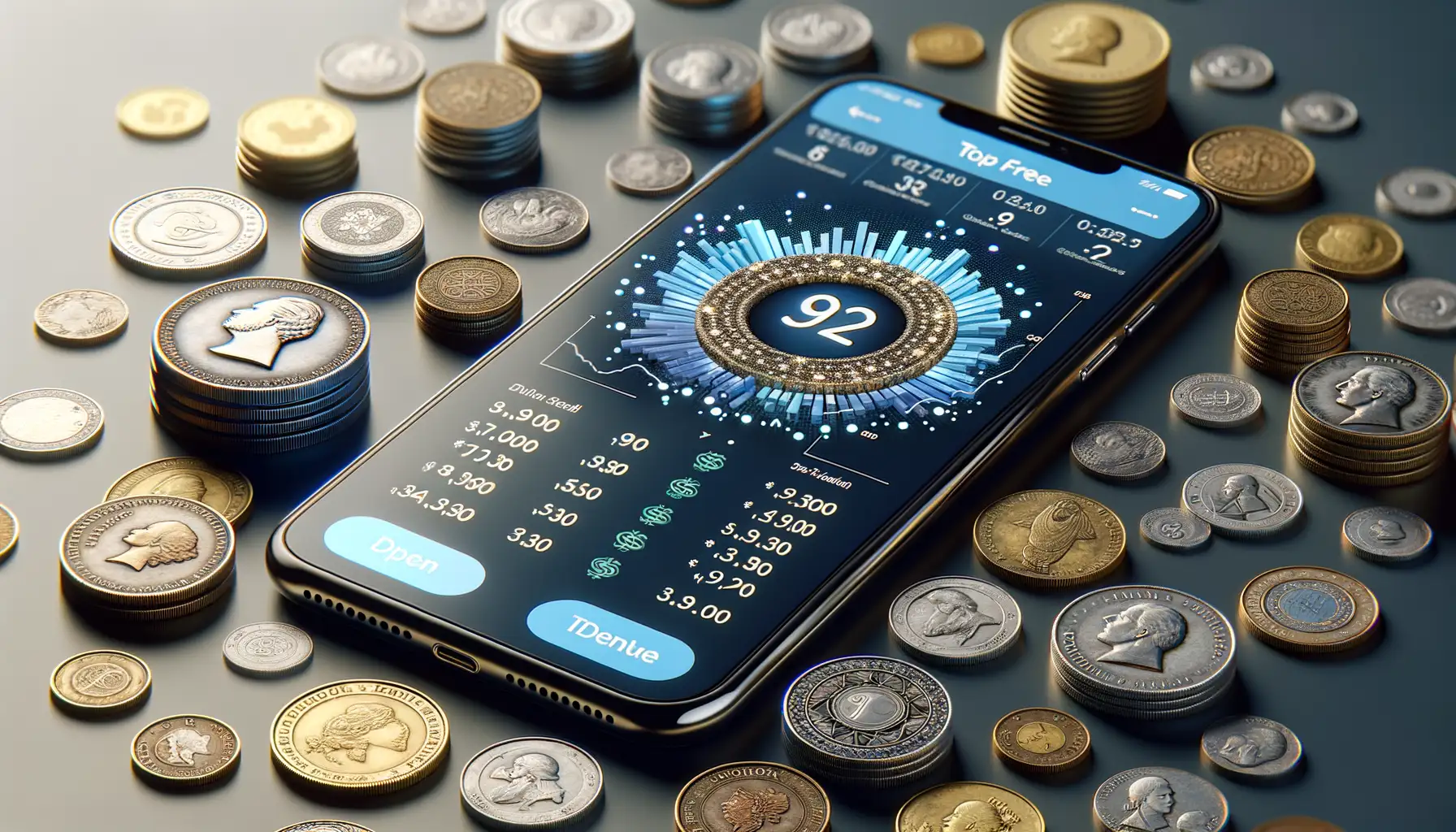Understanding Digital Certificates of Authenticity
What Makes Digital Certificates So Special?
Imagine holding a golden key that unlocks trust in the digital world—that’s essentially what a Digital Certificate of Authenticity is. It’s not some abstract tech jargon; it’s a powerful tool to verify the legitimacy of digital assets. Think of it as a stamp of approval that says, “Yes, this is real, and it’s yours!”
These certificates are heavily used in everything from authenticating your favorite NFT artwork to safeguarding software downloads. They’re issued by trusted authorities (like a notary but for the digital universe) and act as proof that what you’ve received hasn’t been tampered with.
And here’s the beauty: they work for YOU. Whether you’re an artist protecting your masterpiece or a developer ensuring your app won’t be counterfeited, a digital certificate is your most reliable ally.
The Key Components of a Digital Certificate
Every digital certificate comes packed with information that makes it uniquely yours, like:
- Public Key: Think of this as your unique digital signature.
- Issuer Info: Details about the trusted authority that created your certificate.
- Expiry Date: Because even authenticity has a timeline!
Understanding these elements gives you a backstage pass to how the magic works—making it more than just a code but a living testament of trust.
How Digital Certificates Work

The Building Blocks Behind Digital Certificates
Imagine unlocking a treasure chest with a key that fits perfectly. That’s exactly how digital certificates work in the online world—except the “treasure” is your precious data, and the lock is a complex web of cryptographic algorithms. A digital certificate acts as a sort of digital passport, embedding trust into every transaction.
Here’s the process in simple terms: when you visit a website or interact with a digital document, your device checks the certificate tied to it. This certificate is issued by a trusted authority—kind of like an official seal of approval—and includes essential information, such as:
- The owner’s name and public key, much like an ID badge
- The issuer’s signature, ensuring authenticity
- An expiration date, because nothing lasts forever in cybersecurity
The magic happens when encryption comes into play. Using the public key from the certificate, data is scrambled into unreadable code during transfer. Only the right private key can reverse this process. No snooping, tampering, or meddling allowed!
Seamless Security Meets Human Convenience
Ever notice how some websites have a tiny padlock next to their URL? That’s the visible proof of a digital certificate working behind the scenes. They contribute to a smoother, safer user experience by securing logins, safeguarding payment details, and protecting sensitive chats. It’s like having an invisible guardian keeping watch over every click and keystroke.
However, certificates aren’t just for websites. Software downloads, email servers, even IoT devices use them to verify identity and prevent counterfeiting. They’re the unsung heroes of our connected lives, quietly building a bridge of trust between humans and machines.
Security Features and Vulnerabilities

Built-In Shields: The Security Layers Protecting You
When discussing the security of digital certificates, it’s like peeling back the layers of an onion—there are multiple defenses at play. At their core, these certificates rely on encryption, ensuring that data exchanged between parties stays private. Picture it as a locked diary; only the right key (or cryptographic code) can open it.
Another standout feature? Public Key Infrastructure (PKI). This framework is like a trusted notary, verifying identities to prevent impersonation or fraud. If someone tries to masquerade as, say, an e-commerce platform without a valid certificate, your browser will raise red flags—literally showing warnings.
Then there’s the creation process itself. Certificates are issued by Certificate Authorities (CAs), which undergo rigorous audits and maintain tight security standards to remain trustworthy. It’s no free-for-all; not just anyone can hand out these digital golden tickets.
The Cracks in the Armor
But let’s not sugarcoat it—no system is flawless. Threat actors are crafty, and vulnerabilities do exist. These include:
- Man-in-the-Middle Attacks: Hackers intercept communication between two devices, particularly when certificates are outdated or improperly configured.
- Compromised Certificate Authorities: If a CA is breached, its trustworthiness collapses, leaving space for counterfeit certificates.
- Expired Certificates: Like forgetting a password, businesses sometimes neglect to renew their certificates, exposing customers to risk.
It’s a digital cat-and-mouse game where security teams and hackers constantly outwit each other. Understanding these vulnerabilities isn’t just technical—it’s personal. After all, protecting your online identity is as essential as locking your front door.
Applications and Use Cases

Everyday Scenarios Where Digital Certificates Shine
Picture this: you’re shopping for a rare collectible online. Without a digital certificate of authenticity, how do you know it’s the real deal? These nifty certificates act as the DNA of digital and physical assets, offering proof-positive that what you’re holding is legit. They’re not just for art aficionados or NFT collectors, though—far from it.
Here are some areas where these certificates are making waves:
- Luxury Goods: Imagine buying a designer handbag. A digital certificate ensures it’s not a knockoff without you having to examine every seam.
- Digital Art and NFTs: In the blockchain world, stealing the spotlight might be easy, but owning the original? That’s where certificates step in.
- Educational Credentials: Universities now issue diplomas with certificates so employers can verify your skills at the click of a button.
Turning Trust Into Reality in the Business World
Companies are embracing digital certificates in revolutionary ways. Think about tech giants using them to authenticate software updates—gone are the days of worrying whether you’re installing malware! Or how healthcare providers use them to secure patient records, ensuring confidentiality and trust.
The beauty lies in their versatility. Whether you’re validating a product’s origin or securing communication channels, they bring an invisible layer of peace of mind. The real magic? It all boils down to how much we value authenticity in a world flooded with counterfeits.
Future of Digital Certificate Technology

The Next Generation of Trust and Security
Picture a world where every transaction you make, every document you share, and every product you buy comes with an undeniable proof of authenticity. That’s the potential future of digital certificate technology. This isn’t just about maintaining trust—it’s about redefining it in ways we’ve never seen before.
Emerging technologies like blockchain are stepping into the spotlight, offering decentralized, tamper-proof systems for issuing and verifying certificates. Imagine owning a piece of digital art with a certificate that not only proves its authenticity but also traces its entire ownership history, down to the millisecond. Mind-blowing, right?
Not to mention, we’re diving headfirst into integration with Internet of Things (IoT). Think about smart devices seamlessly communicating via secure certificates—your smart fridge won’t just sync with your phone; it’ll verify it’s even your phone!
- Biometric-based certificates may replace outdated passwords entirely.
- Quantum encryption is poised to make hacking nearly impossible.
If you think the possibilities sound like science fiction, you’re not alone. The future of this technology is like standing at the edge of a vast, uncharted frontier—and we’ve only just begun.


